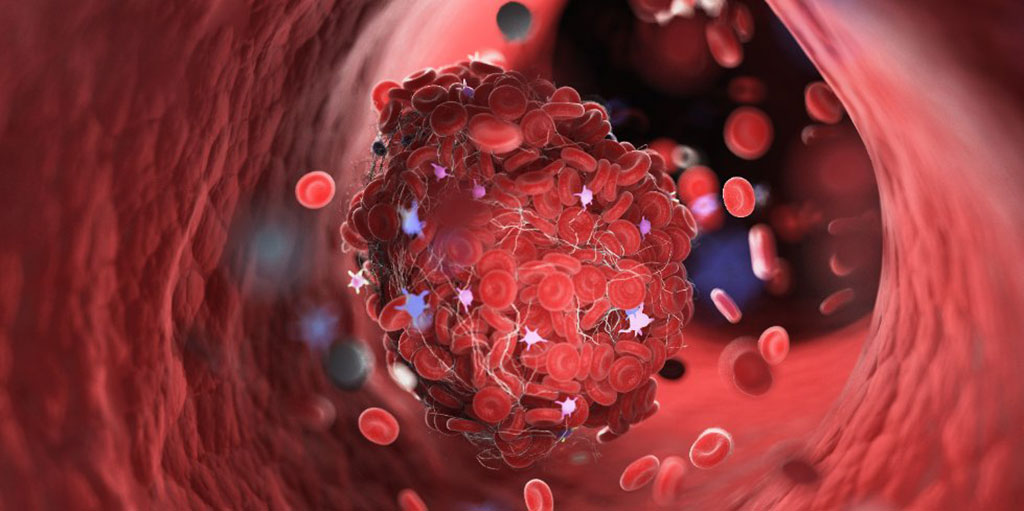Levels of suPAR Protein Predict Risk of Blood Clot Formation in Covid-19 Patients
Posted on 05 Aug 2022
Elevated levels of soluble urokinase plasminogen activator receptor are indicative of the risk of blood clot formation in Covid-19 patients.
The urokinase plasminogen activator (uPA)/urokinase plasminogen activator receptor (uPAR) system is abundant in various cell types, including vascular endothelial cells, and is known as a key regulator in the cross‐reactions between vascular inflammation, immunity, and coagulopathy (impairment in the blood’s ability to clot). The soluble uPAR (suPAR) is a cleavage product from the uPA/uPAR system, levels of which are thought to reflect the system's overall activity. suPAR levels are three- to five‐fold higher in patients with COVID‐19, elevated earlier than other biomarkers in disease progression, and strongly associated with COVID‐19 complications, including death, respiratory failure requiring mechanical ventilation, and severe acute kidney injury. Thus, suPAR may be an ideal biomarker to quantify potential for blood clot formation in COVID‐19.

To test this hypothesis, investigators at the University of Michigan (Ann Arbor, USA) measured D-dimer (a small protein fragment present in the blood after a blood clot has been degraded by fibrinolysis, which is measured in people with suspected thrombotic disorders) and suPAR levels from 1960 patients over a 30-day period during patients' hospitalizations. VTE (deep vein thrombosis and pulmonary embolism) was diagnosed using ultrasounds of the lower extremities and scans of the lungs.
Results revealed that VTE occurred in 163 patients, and of those, 65 patients developed deep vein thrombosis, 88 patients developed a pulmonary embolism, and 10 patients developed both. Patients who developed blood clots had suPAR levels nearly 50% higher than those who did not develop clots. In addition, when suPAR levels were combined with D-dimer, it was possible to classify 41% of study participants as having low-risk for occurrence of VTE.
Senior author Dr. Salim S. Hayek, assistant professor of internal and cardiovascular medicine at the University of Michigan, said, "Even before the pandemic, before COVID-19, we had this idea about suPAR. We were seeing levels of the suPAR marker as the strongest risk factor for bad outcomes in other viral infections and in heart and kidney disease. We had previously shown that patients with high suPAR levels are at much higher risk of death, kidney injury, respiratory failure needing mechanical ventilation, and now venous thromboembolism. In the background, there has been a lot of work showing that this molecule (suPAR) is doing something bad to the body when levels are high. Companies are developing drugs to target suPAR, and so we might be measuring this on a regular basis."
The suPAR study was published in the August 4, 2022, online edition of the Journal of the American Heart Association.
Related Links:
University of Michigan













